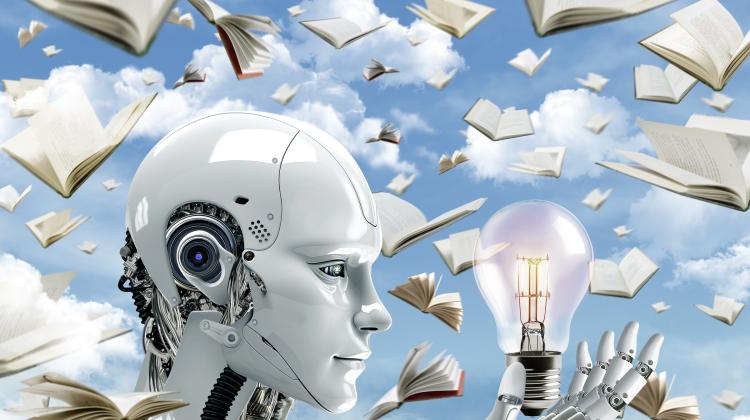VR, most frequently associated with entertainment industry, is becoming an increasingly popular way to expand project presentation methods, facilitate cooperation between design teams, and enhance the creative process. The first ideas that have brought humanity closer to today’s devices emerged in the 1960s. Further improvements have made VR generally accessible. There is a whole range of devices that make it possible to generate satisfactory virtual environments for the user, e.g. VR goggles for PCs or smartphones. CAD and BIM models can also be brought into a virtual environment with the aid of proper software that provides a wide range of presentation, design and research capabilities.
Advantages
Bringing an architectural design project into virtual reality is not merely a powerful visual tactic. It is also a technique that provides tangible advantages for the industry both for the design process as well as for working with the client. Immersing an investor in VR may significantly reduce the time required for communication of ideas because it is easier to interpret space when you can have a 360º view rather than just look at images in a visualization or 2D drawings. This means a reduction in the number of design reviews. Working with Virtual Reality may start as early as in the pre-design phase. Taking pictures with a 360-degree camera during an architectural inventory enables a very realistic rendering of the situation at the future construction site or inside a designed structure. VR also entails benefits for working with industry professionals on detecting collisions and designing emergency evacuation routes. Virtual reality makes it possible to test the duration of emergency evacuation and its various scenarios. VR creates new possibilities of cooperation between design teams. Virtual design studios may compensate for a physical absence of a colleague thanks to generating shared remote ideation space. Dorta, Lesage & Pérez1 describe a situation where two teams of designers were able to work collaboratively on their own representations that had been brought into the virtual ideation space. Applications that make it possible (Viet, Choi, Hak, Yeon) were available in the market already in 2009.
Apart from cooperation, VR also spurs competitiveness in the industry. Implementation of virtual reality technology makes it easier to gain a presence in the market without necessitating any dramatic changes to working with 3D models.
Hardware for VR technology
Another argument in support of implementing VR technology in the design process is its relatively low cost. Even a smartphone with a proper app, Android or iOS operating system, and a VR headset with cardboard glasses the cost of which starts at 20 zl will do. Apart from the simplest cardboard version of goggles, Oculus headsets designed for particular smartphone models are also available. They let the user interact with the content of their smartphone via controllers (e.g. VR Daydream View, HTC Vive) or touchpads (e.g. Samsung Gear VR). In this type of products, the quality of images is determined by the quality of the lens and the quality of images on the display. Currently, resolution 4k, 3840 x 2160 pixels, provides the best available quality. Beside more affordable Oculus headsets, there are also those with integrated displays, audio systems and sensors. One of the more popular devices is Oculus Rift supported by PCs and game consoles.
Read about software and the foreseeable future of VR for architecture in my next blog post.
1Dorta, T., Lesage, A., & Pérez, E. (2011). Signs of collaborative ideation and the hybrid ideation space. In T. Taura, & Y. Nagai (Eds.), Design creativity 2010 (s. 199–206). London: Springer.





